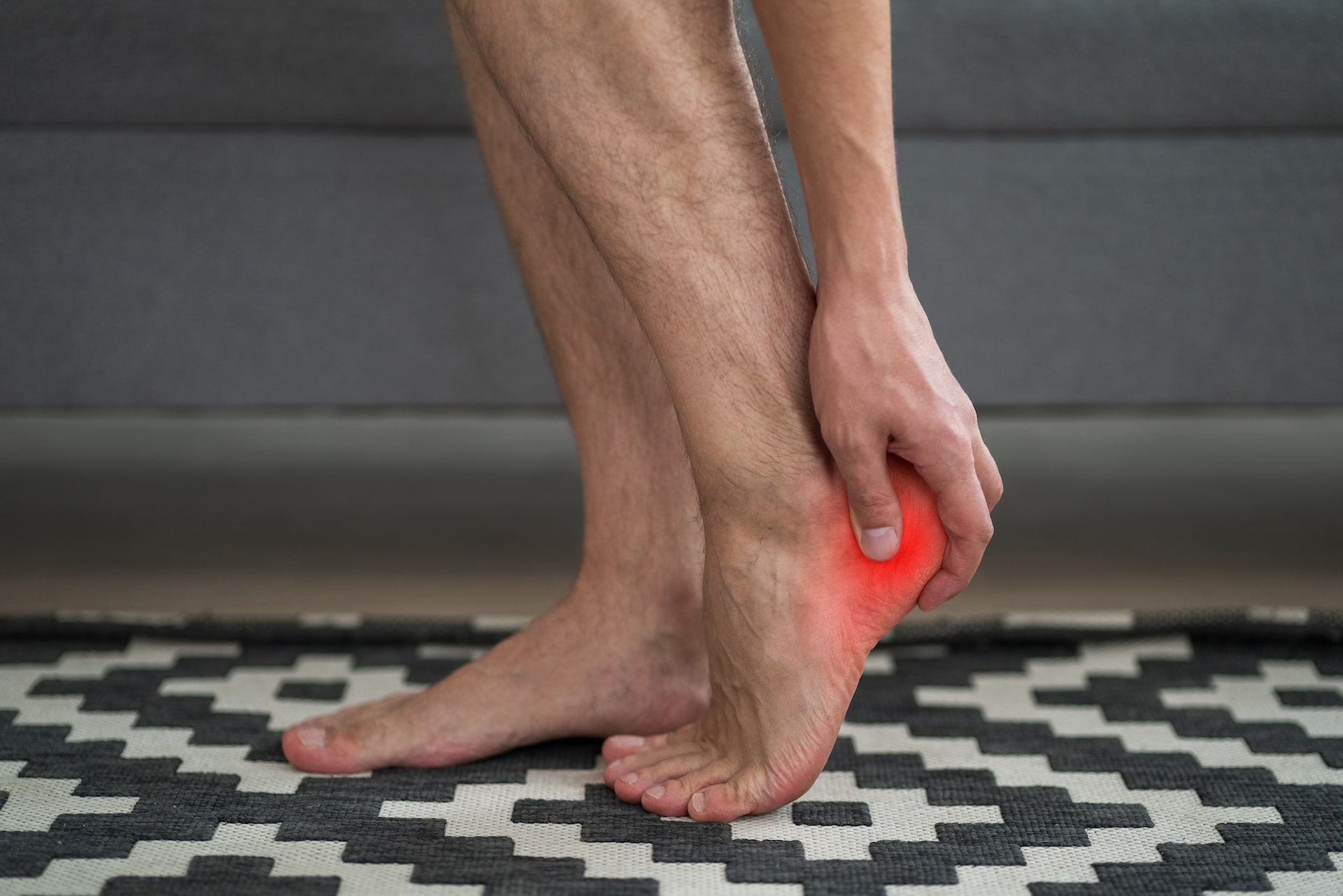Kansas City Foot Specialists can help diagnose, treat, and teach you ways to prevent running-related injuries.
We have compiled the most important aspects of proper form for you to take into consideration on your next run.
Flexibility is key to preventing running injuries
Your muscles, tendons, joints, and ligaments all need to be properly stretched and rested to help prevent running-related injuries. Your muscles stiffen and eventually atrophy from lack of use. Running with improper form and without adequate stretching can greatly increase your risk of landing on your feet incorrectly mid-stride and pulling a muscle. Stretching just a few minutes before and after your run can drastically increase your range of motion and overall flexibility.
Focus on your posture when you run
Your posture plays a role in determining how efficient your running is. The more your body is slumped down, the more work is needed just to keep your propped up. Slouching while running can decrease blood flow to your legs and brain, as well as decrease the ability to maintain momentum efficiently. Straighten your spine and keep your shoulders back while running to ensure your body is properly aligned.
Increase the quality and quantity of your foot strikes while running
A foot strike occurs every time your foot meets the ground while running. The quality and quantity of your foot strikes should be taken into consideration when improving your running form.
Many runners have a low amount of foot strikes, which means they are taking longer strides. When you run with long strides, your body uses up more energy to push itself off once your foot meets the ground. The long strides require more time on your feet as you land the stride and your momentum catches up to propel your body forward. The ideal running form revolves around a higher amount of smaller strides or less time on your feet. With shorter strides your feet will be closer to your body, requiring less effort to catch your stride and push off.
The quality of your foot strike is imperative for reducing the risk of injury. Your feet are shifting your entire body weight for a split second every time your foot meets the ground. These seconds add up over the course of a long distance run. Every time your foot strike occurs, you should be landing on the midfoot region to ensure maximum support. Overstriding and landing on the heels or balls of your feet means your legs are too far in front of you. Knee injuries and hamstring tears are common in individuals that routinely overstride while running. Proper form entails keeping your feet close to your center of gravity while running.
Exercise good mental focus and breathing habits while running
Listening and observing your body while you run can help improve your efficiency and lessen the risk of injury. Taking note of your overstriding or slouching posture during your run can help you pinpoint the best ways to change up your form. If you notice that you land on the sides of your feet, jog at a slower pace to correct your form in a gentle manner.
Breathing deep through your stomach rather than just your chest allows for increased oxygen throughout the body. Keep a consistent deep breathing pattern throughout your run to avoid the dreaded muscle cramps. These cramps can prove to be painful enough to stop your exercise altogether.
If you are experiencing pain after your running workouts, call the professionals at Kansas City Foot Specialists at (913) 338-4440 or contact us online to set up a consultation. We can help diagnose and treat your symptoms to ensure you’re back on your feet in no time!



